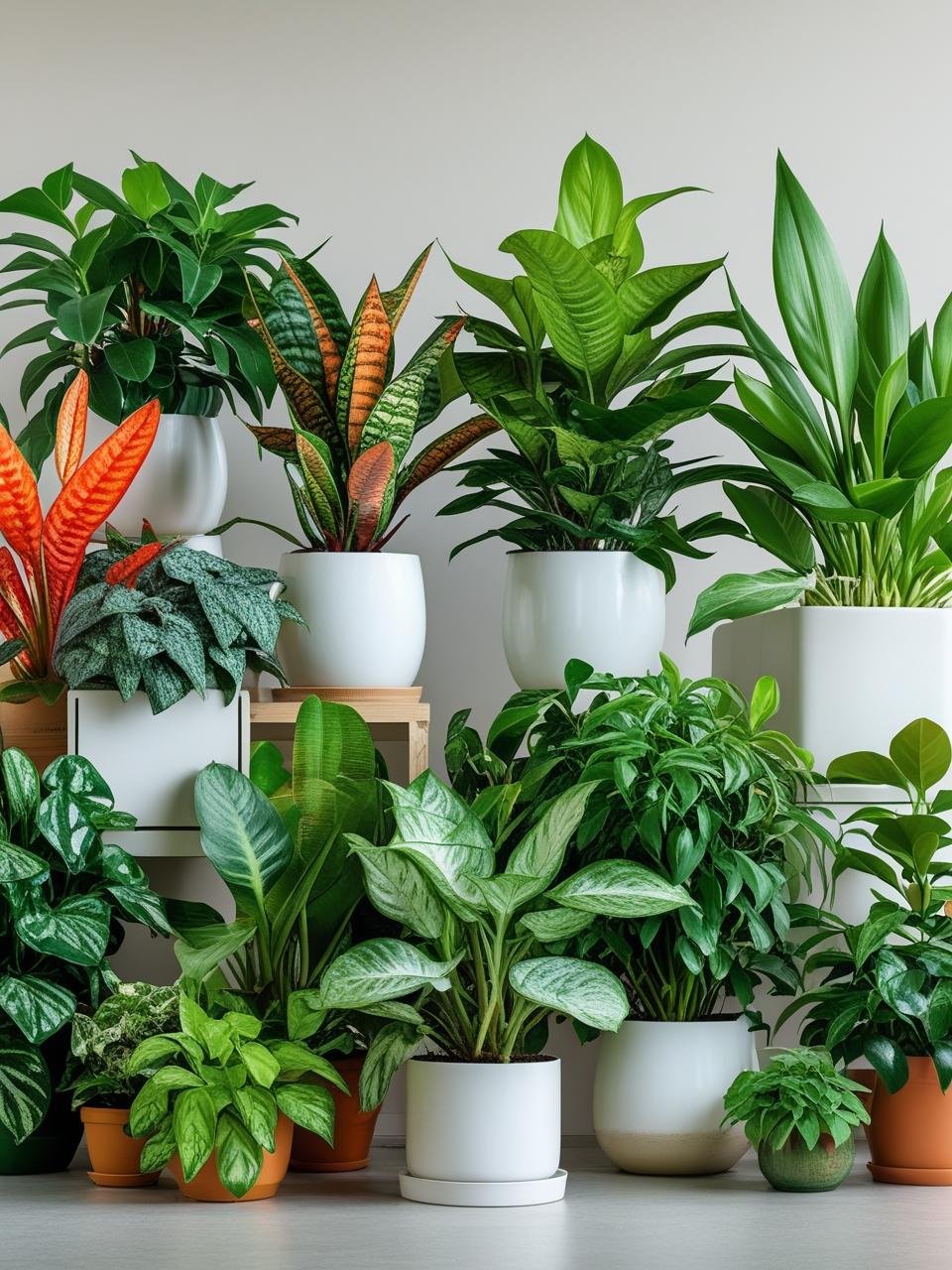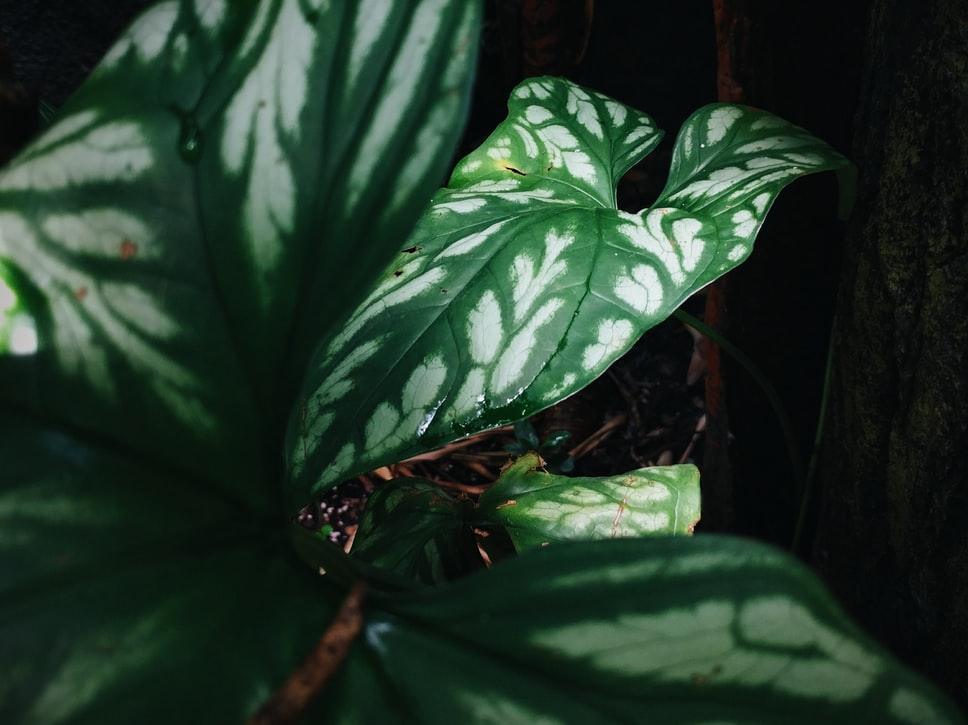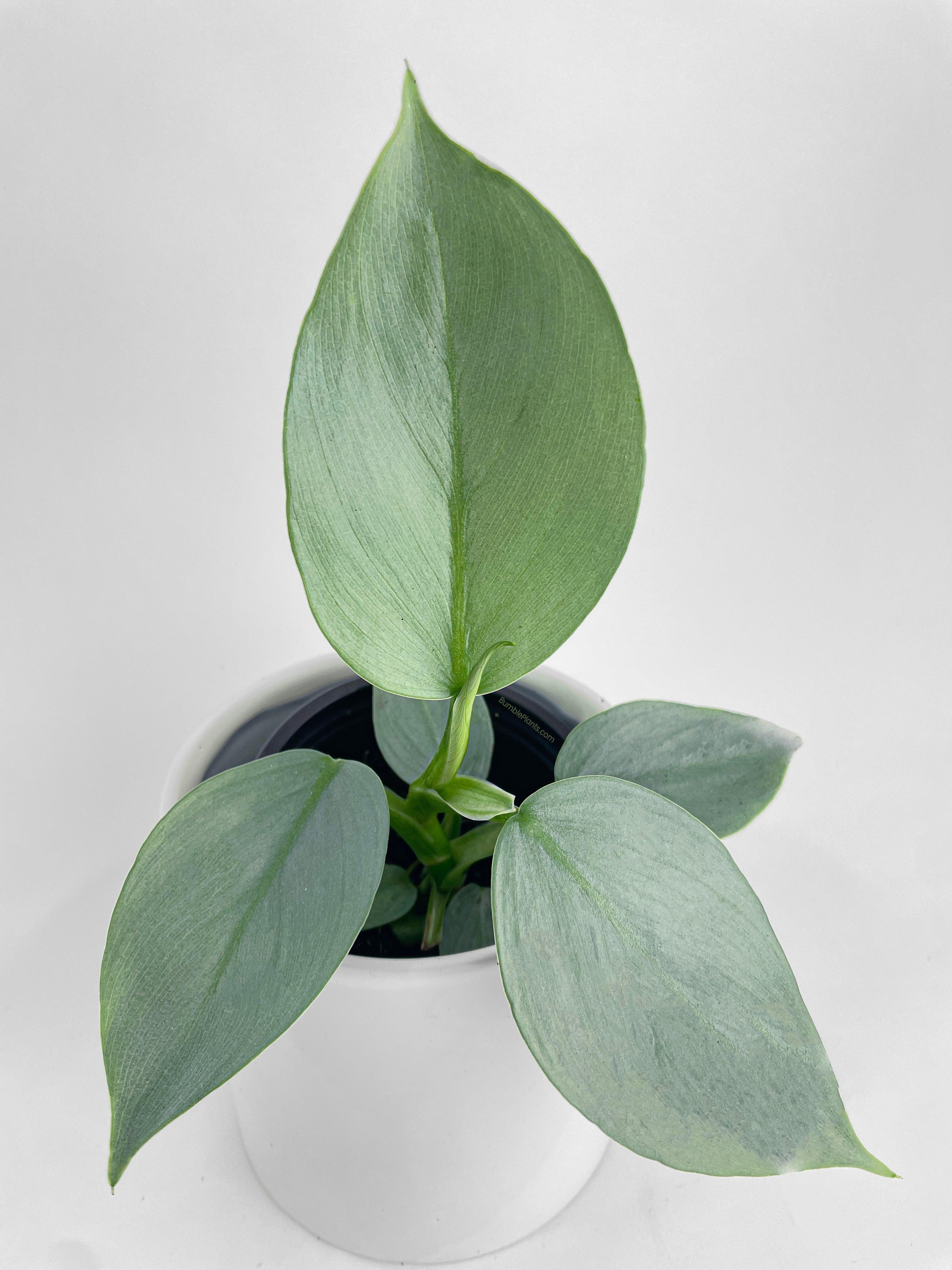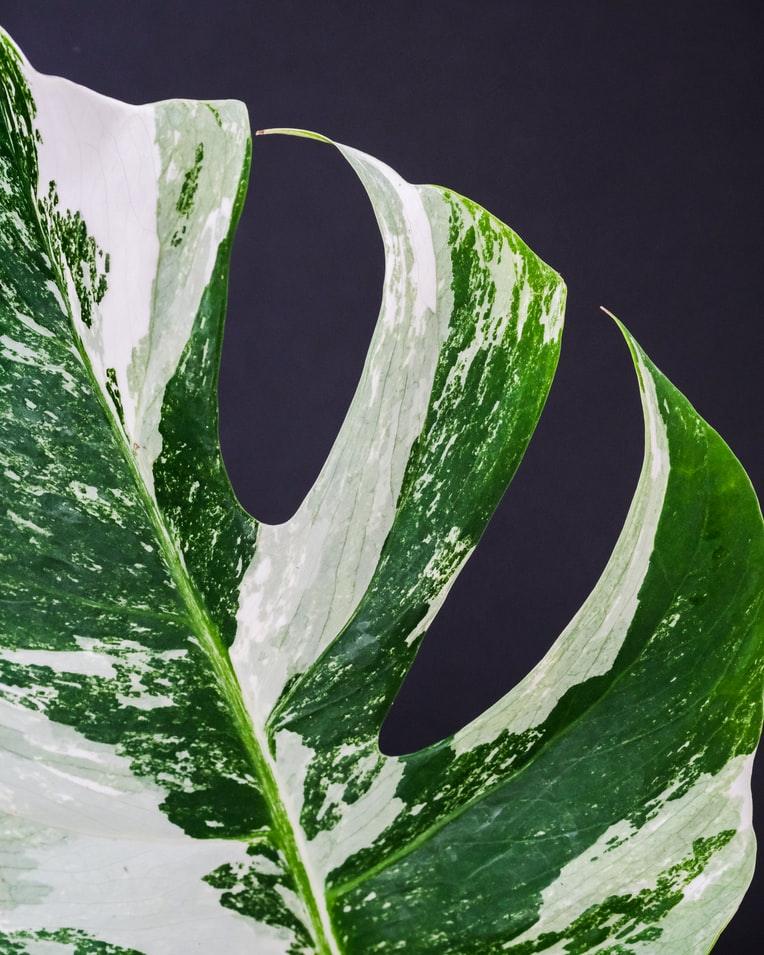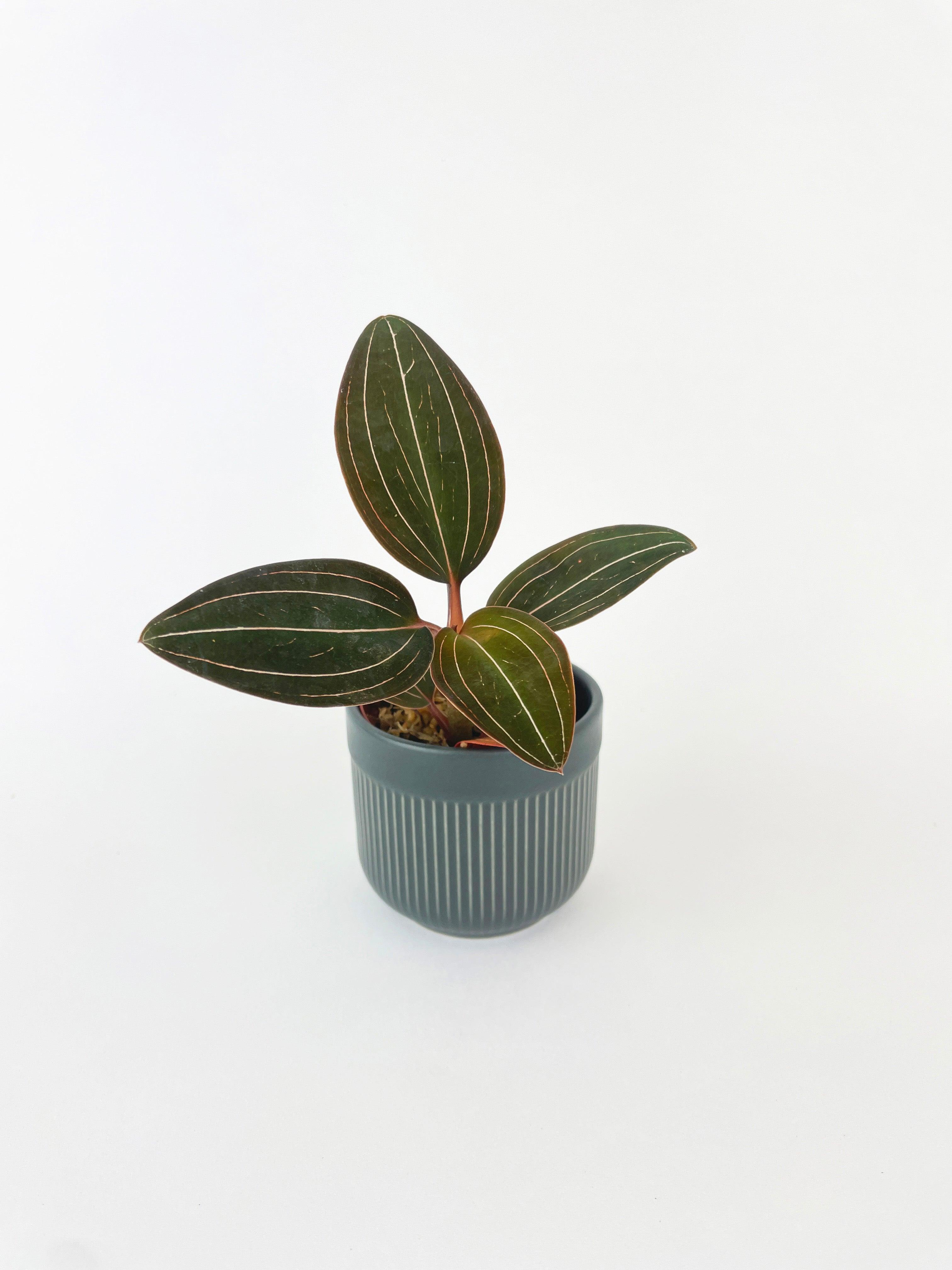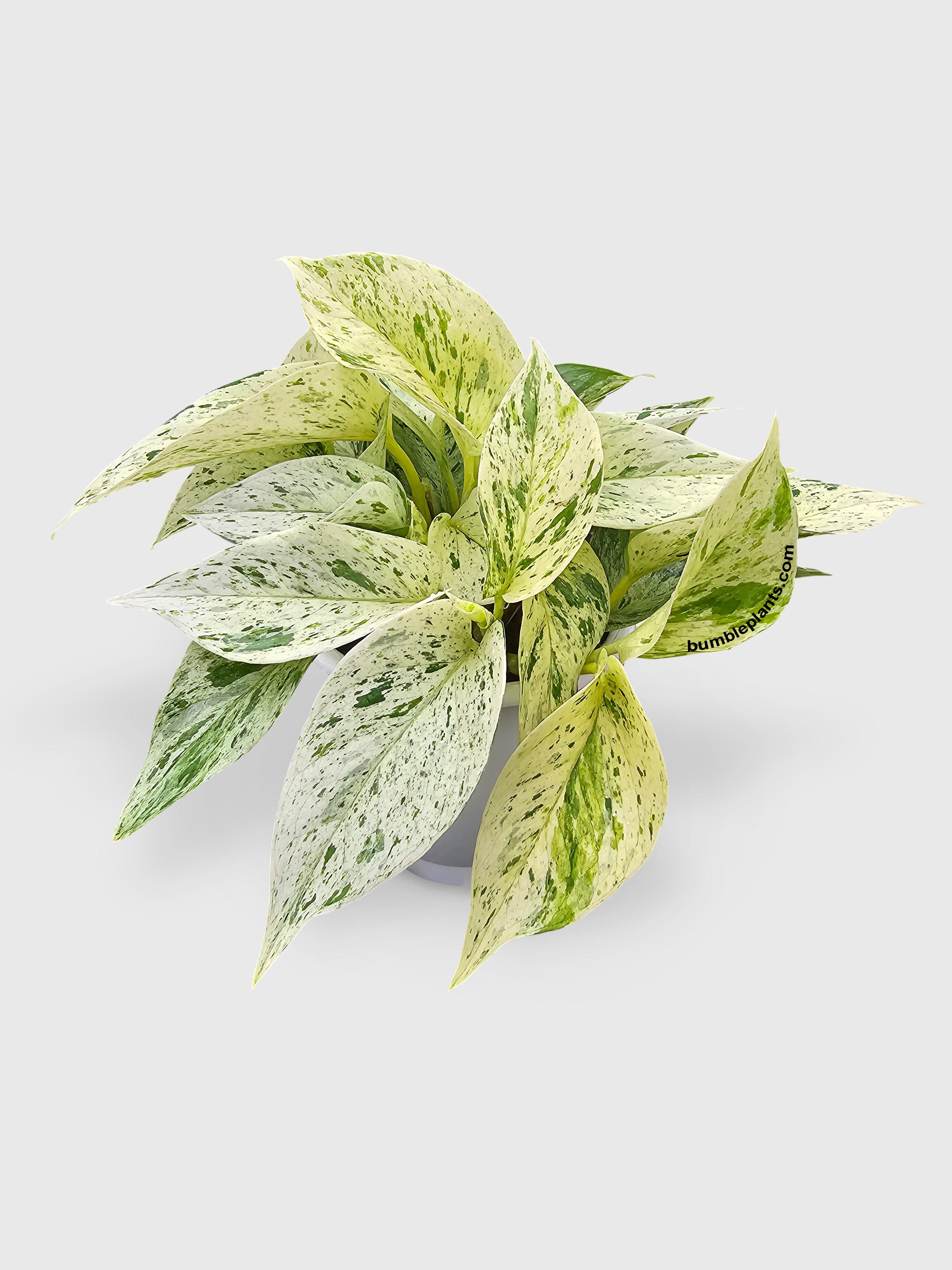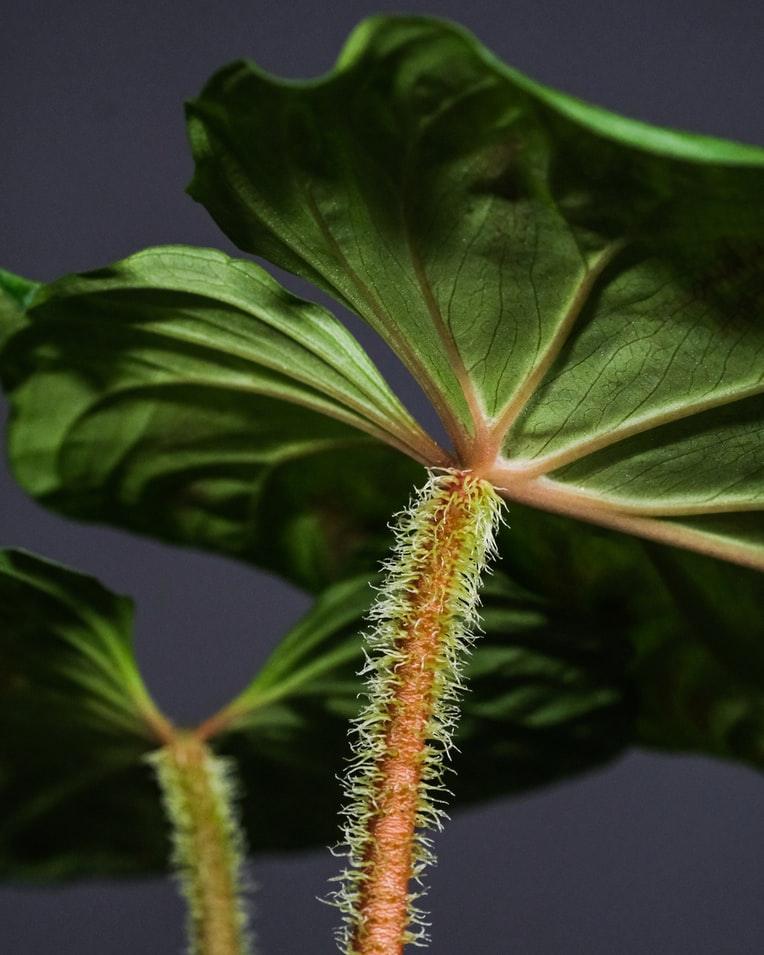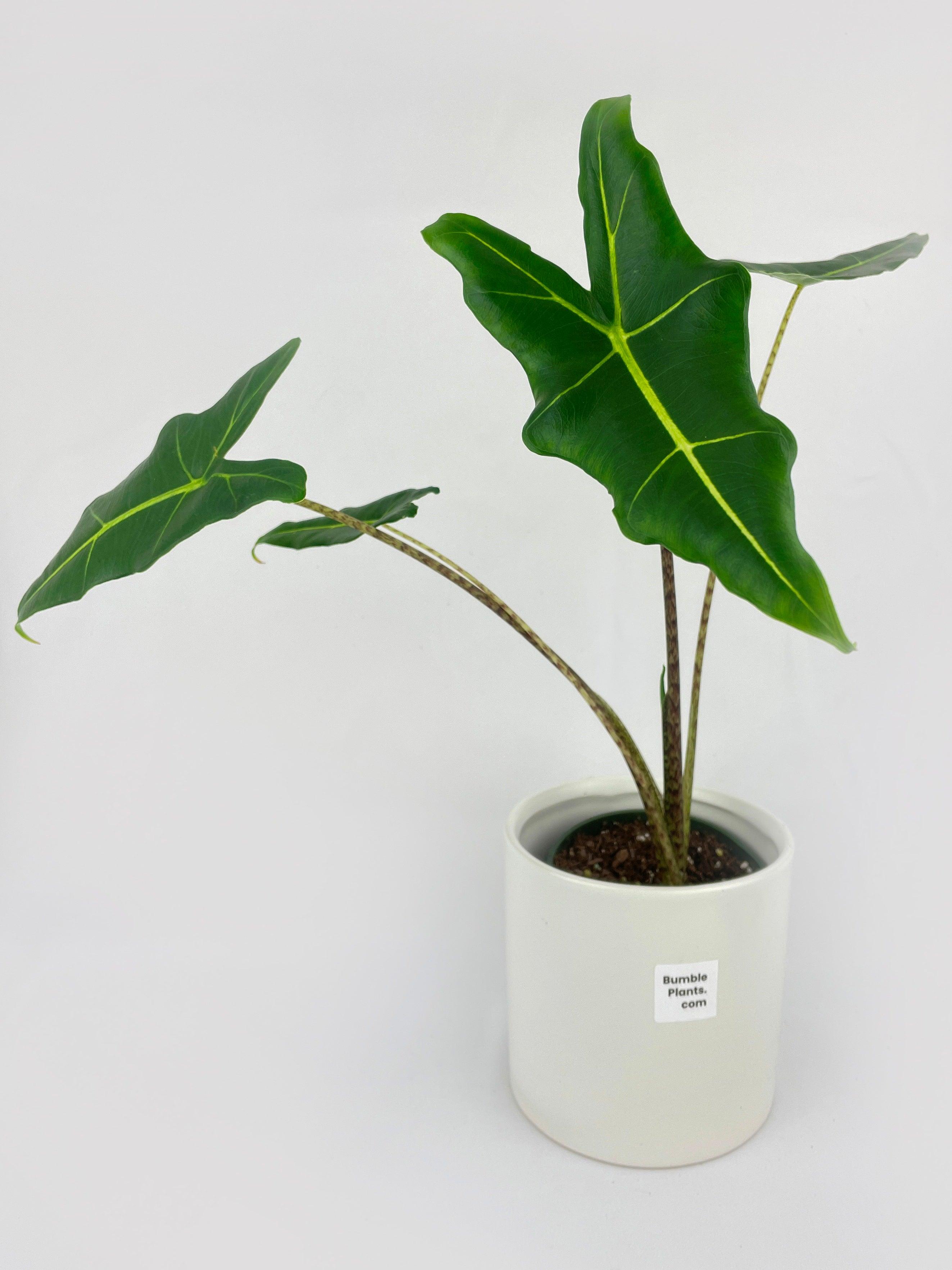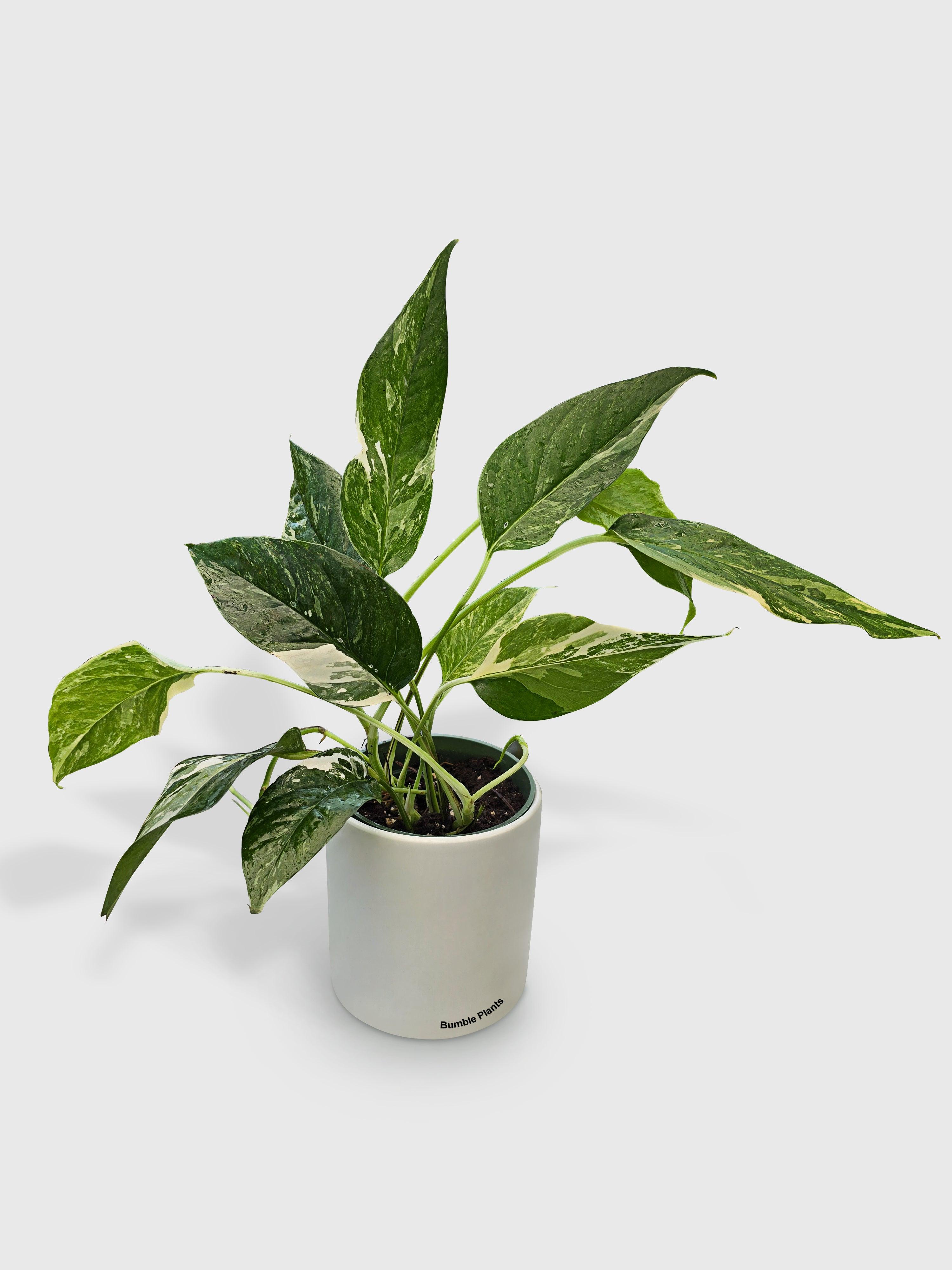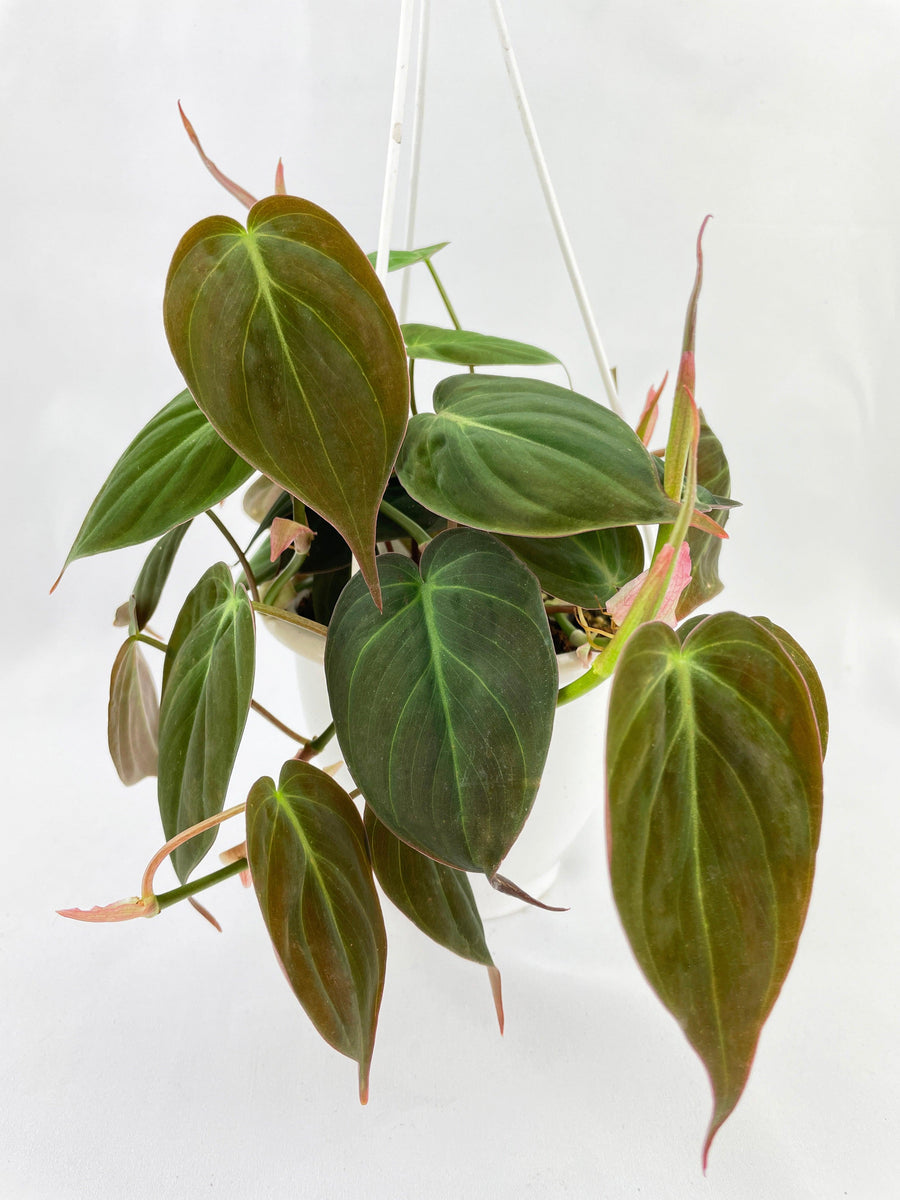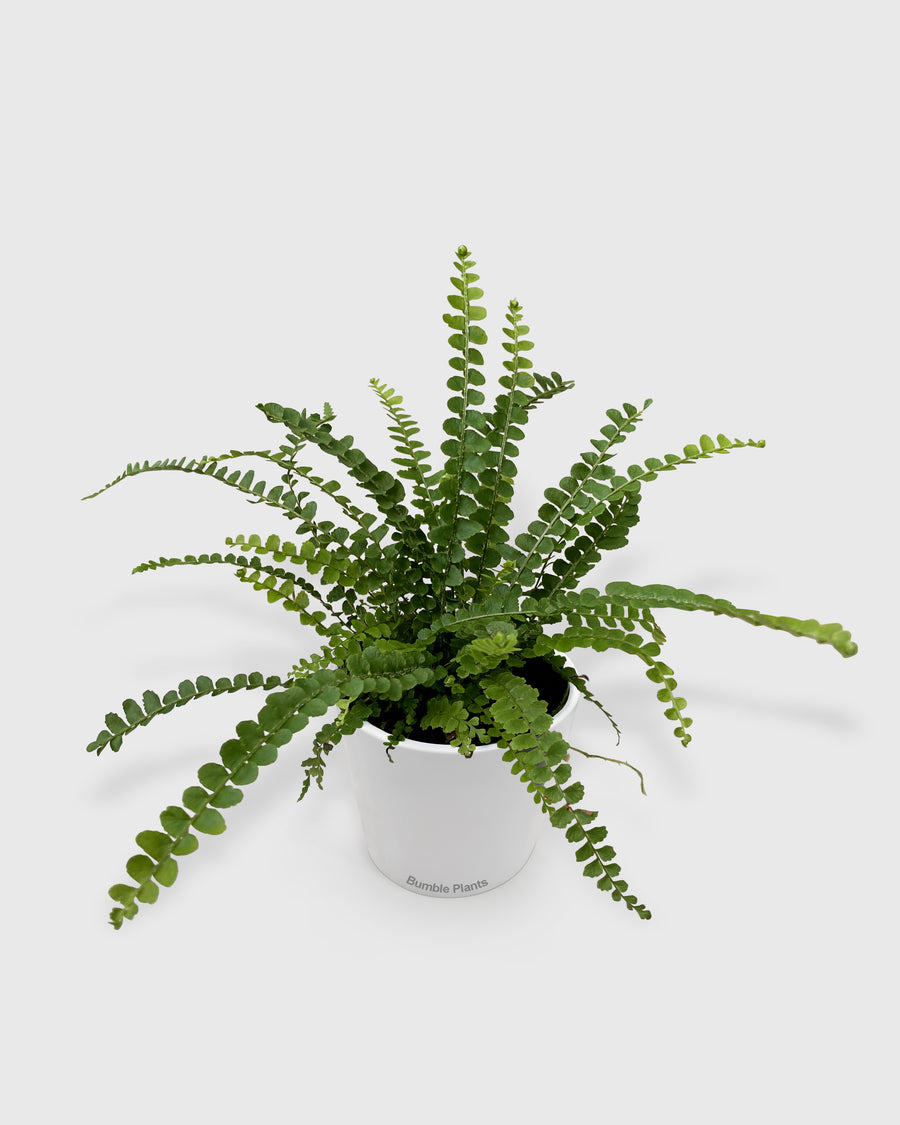Top Tips for Autumn Plant Care to Ensure a Beautiful Garden
As the summer ends and the crisp air of autumn sets in, it's important to shift our attention towards our gardens. Autumn plant care is crucial for maintaining a beautiful garden throughout the season. By understanding the needs of your plants in autumn and following some simple tips, you can ensure that your garden remains healthy and vibrant.
Understanding the Needs of Your Plants in Autumn
Autumn brings cooler temperatures and shorter days, which means that your plants' needs will change. Understanding these changing needs is important to providing the best care for your garden. One key aspect of autumn plant care is to adjust your watering schedule. As the weather cools down, your plants will require less water. Be sure to monitor the soil moisture levels and water only when necessary.
Another important consideration is fertilizing your plants. Autumn is a good time to apply a slow-release fertilizer to give your plants the nutrients they need to thrive during the colder months. Additionally, watching for any signs of pests or diseases is essential. Cooler weather often increases pest activity, so regular inspections and prompt treatment are necessary to keep your plants healthy.
Fall Gardening Tips for a Healthy Garden
There are a few key tips to remember to ensure that your garden stays healthy throughout the autumn. First, remove any dead or dying foliage from your plants. This will not only improve the appearance of your garden but also prevent the spread of diseases. Additionally, consider mulching your garden beds. Mulch acts as a protective layer, helping to retain moisture, regulate soil temperature, and suppress weed growth.
Another important fall gardening tip is to continue deadheading your flowers. Removing spent blooms encourages new growth and prolongs the blooming season. Additionally, consider planting cool-season vegetables and flowers that thrive in lower temperatures. This will ensure that your garden remains colorful and productive throughout autumn.
Garden Maintenance in Autumn - What to Do and When
Autumn is a busy time for garden maintenance. Several tasks need to be completed to ensure the health and beauty of your garden. One of the first things you should do is clean up fallen leaves. Leaves can smother your plants and create a breeding ground for pests and diseases. Rake up the leaves and either compost them or dispose of them properly.
Another important task is to divide and transplant any perennials that have become overcrowded. This will help rejuvenate the plants and promote better growth. Additionally, consider pruning your shrubs and trees. Summer pruning can help shape your plants and remove dead or damaged branches. Be sure to research the specific pruning requirements for each plant to avoid any damage.
Preparing Your Garden for Autumn - Essential Tasks
Preparing your garden for autumn involves a few essential tasks to help your plants thrive during the colder months. One important task is to clean and sharpen your gardening tools. This will ensure they are in good condition and ready to use when needed. Consider applying a layer of compost or organic matter to your garden beds. This will provide your plants with additional nutrients and improve soil structure.
Another essential task is to protect your delicate plants from frost. Consider covering them with a frost cloth or bringing them indoors if necessary. Prepare your garden for potential storms by staking tall plants and securing any loose structures. By taking these proactive measures, you can minimize the potential damage caused by harsh autumn weather.
Seasonal Plant Care - Specific Plants to Focus on in Autumn
Different plants have different needs, and providing them with the care they require during autumn is important. Some key plants to focus on during this season include roses, bulbs, and lawns. For roses, it's important to continue deadheading and pruning. Additionally, consider applying a layer of mulch around the base of the plants to protect their roots from the cold.
Bulbs, such as tulips and daffodils, should be planted in autumn for a colorful display in spring. Be sure to plant them at the appropriate depth and provide adequate water. Lawns also require attention in autumn. Consider aerating and overseeding your lawn to promote healthy growth and prevent weed invasion. Additionally, adjust your watering schedule to ensure that your lawn receives enough moisture without becoming waterlogged.
Tools and Equipment for Autumn Plant Care
Having the right tools and equipment is essential for effective autumn plant care. Some key tools include a rake for leaf cleanup, sharp pruning shears for trimming, and a garden fork for aerating the soil. Additionally, consider investing in a quality frost cloth to protect your plants from frost damage. A watering can or hose with an adjustable nozzle is also important for watering your plants as needed.
Protecting Your Garden from Harsh Autumn Weather
Autumn can bring unpredictable weather, including heavy rain and strong winds. It's important to protect your garden from these harsh conditions. One way to protect your plants is to stake tall plants and secure any loose structures, such as trellises or arbors. This will prevent them from toppling over during strong winds.
Additionally, consider providing shelter for delicate plants. This could involve covering them with a frostcloth or moving them to a more sheltered location. Lastly, be mindful of drainage issues in your garden. Ensure water can flow freely from your plants to prevent waterlogging and root rot.
Common Mistakes to Avoid in Autumn Plant Care
While autumn plant care is important, gardeners often make some common mistakes. One of the most common mistakes is overwatering. As the weather cools down, plants require less water, and overwatering can lead to root rot and other issues. Monitor the moisture levels in the soil and water only when necessary.
Another common mistake is neglecting to clean up fallen leaves. Leaves can smother your plants and create an ideal environment for pests and plants diseases. Take the time to rake up fallen leaves and dispose of them properly. It's also important to avoid pruning certain plants too late in the season. Pruning too late can stimulate new growth susceptible to frost damage.
Relevant Articles: 👇
✔︎ Indoor Plant Care During Seasonal Changes: Best Practices and Advice
✔︎ Seasonal Plant Care Made Easy: Essential Strategies for Success
Conclusion
By following these top tips for autumn plant care, you can ensure that your garden remains beautiful and healthy throughout the season. Understanding the changing needs of your plants, maintaining your garden, and preparing it for the cooler months are all essential steps in autumn plant care. With a little effort and attention, you can enjoy a vibrant and colorful garden even as the leaves start to fall.


